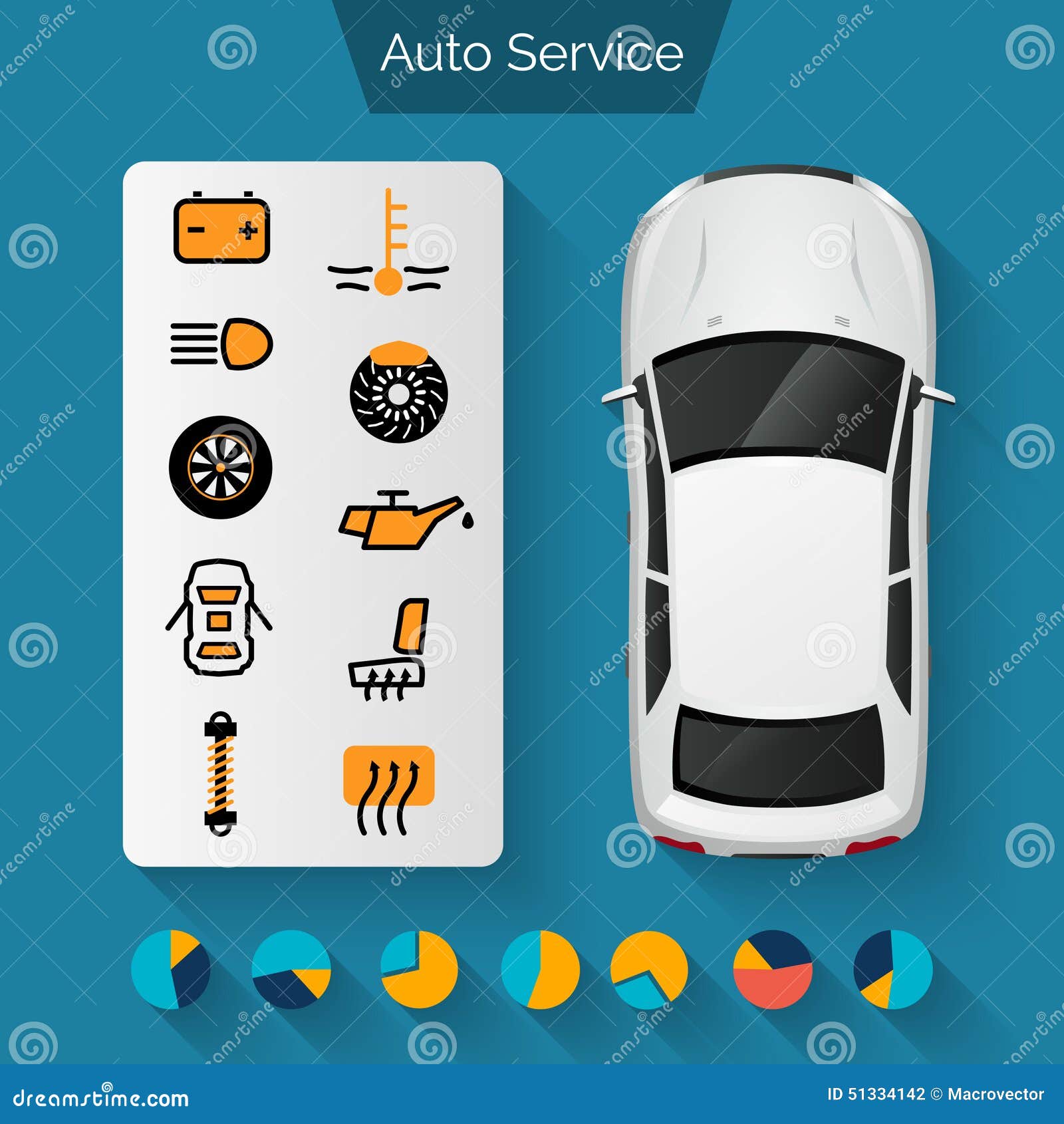Untangling The True Definition Behind Your Cars And Truck'S Warning Lights
Untangling The True Definition Behind Your Cars And Truck'S Warning Lights
Blog Article
Team Writer-Cummings Crawford
When you're behind the wheel, those radiant warning lights on your dashboard can be a bit bewildering. Do you know what they're trying to inform you regarding your car's wellness? Understanding the importance of these lights is vital for your security and the durability of your vehicle. So, the following time one of those lights turns up, would not you intend to analyze its message accurately and take the essential actions to resolve it?
Common Warning Lighting and Interpretations
Recognize usual caution lights in your automobile and comprehend their definitions to make sure secure driving.
One of the most common warning lights include the check engine light, which indicates concerns with the engine or exhausts system. If this light begins, it's vital to have your car examined promptly.
The oil stress warning light shows low oil stress, requiring instant attention to avoid engine damage.
A flashing battery light might recommend a faulty billing system, potentially leaving you stranded otherwise attended to.
The tire stress monitoring system (TPMS) light signals you to reduced tire pressure, affecting vehicle security and gas performance. Neglecting this might lead to dangerous driving conditions.
The abdominal light shows an issue with the anti-lock stopping system, compromising your capability to stop swiftly in emergencies.
Finally, the coolant temperature advising light warns of engine overheating, which can cause extreme damage if not resolved quickly.
Recognizing these usual warning lights will certainly help you deal with concerns quickly and keep secure driving conditions.
Significance of Prompt Interest
Recognizing the usual caution lights in your vehicle is only the primary step; the value of without delay resolving these warnings can not be stressed enough to guarantee your safety and security when driving.
When a caution light illuminates on your control panel, it's your vehicle's method of interacting a possible problem that needs attention. Overlooking you can find out more can bring about extra extreme problems later on, jeopardizing your safety and potentially costing you a lot more in repairs.
Prompt focus to advising lights can stop failures and crashes. For instance, a flashing check engine light could show a misfire that, if left ignored, might trigger damage to the catalytic converter. Addressing this immediately can save you from an expensive repair service.
Similarly, a brake system alerting light may signal low brake liquid or used brake pads, essential parts for your safety when driving.
Do It Yourself Troubleshooting Tips
If you see a warning light on your control panel, there are a couple of do it yourself troubleshooting tips you can try prior to looking for specialist help.
The first step is to consult your car's guidebook to understand what the details caution light indicates. Occasionally the concern can be as basic as a loose gas cap triggering the check engine light. Tightening the gas cap may fix the issue.
An additional usual concern is a low battery, which can cause different warning lights. Examining the battery connections for rust and ensuring they're safe and secure may deal with the trouble.
If a caution light lingers, you can try resetting it by disconnecting the car's battery for a few minutes and after that reconnecting it. Furthermore, examining oil change service , such as oil, coolant, and brake fluid, can help troubleshoot advising lights related to these systems.
Final thought
To conclude, recognizing your automobile's caution lights is necessary for keeping your car running smoothly and securely. By immediately resolving these signals and understanding what they imply, you can prevent expensive repairs and potential failures.
Bear in mind to consult your auto's manual for specific details on each cautioning light and act appropriately to make certain a trouble-free driving experience.
Remain educated, stay safe when traveling!
